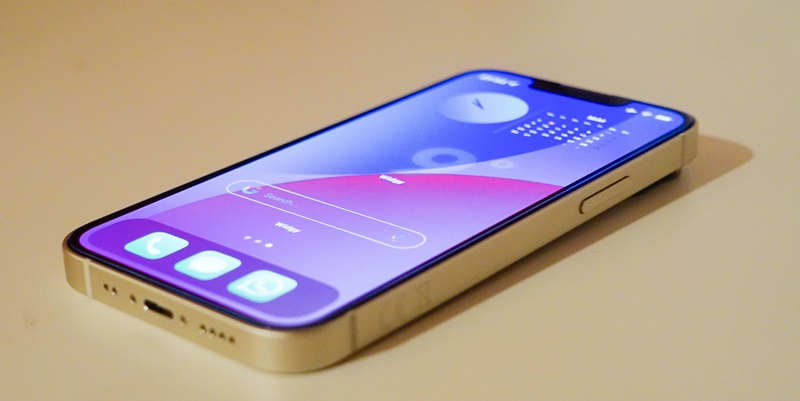Defying the “bigger is better” trend, the iPhone 13 Mini proves size isn’t everything in the smartphone realm. It’s the smallest in the iPhone 13 series yet surprises many with its robust performance, thanks to the same A15 Bionic chip that powers its larger siblings. This move by Apple underscores their dedication to high-end experiences regardless of a device’s dimensions. There might be skepticism about how well such a compact phone can handle the modern digital demands. Yet, the Mini is designed to offer full functionality, a testament to Apple’s engineering efforts to ensure that even the tiniest member of its lineup stands tall in power and performance. Certainly, the iPhone 13 Mini emerges as a compact contender that packs an unexpected punch, rivaling its larger family members in capability.
Powerful Core, Mighty Performance
The heart of the iPhone 13 Mini’s surprising capability is the A15 Bionic chip, Apple’s latest marvel in silicon engineering. Boasting a 6-core CPU with 2 performance and 4 efficiency cores, the Mini doesn’t stutter where one might expect it to. This is complemented by a 4-core GPU and 4GB of RAM, a combination that proves ample for demanding tasks and games. Performance benchmarks further demonstrate its prowess. Geekbench tests routinely display scores on par with larger iPhone 13 models, suggesting that the Mini is anything but minor when it comes to raw processing power. Gaming, often a rigorous test of a phone’s capabilities, is handled with finesse, showcasing smooth frame rates and outstanding graphics that challenge the misconception that smaller phones can’t handle big games.
However, benchmarks only tell half the story. It’s in the real world where the iPhone 13 Mini truly shines. Whether it’s multitasking between productivity apps, editing high-resolution photos, or navigating through the latest social media applications, this pint-sized smartphone does so with ease that belies its stature. The synergy between the A15 chip and iOS ensures that efficiency is maximized, thus making multitasking a breeze. For those who yearn for a phone that can manage their daily digital needs without stumbling, the iPhone 13 Mini rises to the occasion. It proves that in the realm of performance, good things do come in small packages.
Endurance in a Compact Form
Despite its smaller size, which necessitates a reduced battery capacity, the iPhone 13 Mini delivers commendable battery life through efficient design and optimization. Apple’s A15 Bionic chip, paired with the energy-conscious iOS, ensures minimal power wastage. As a result, this tiny powerhouse can last a full day on a single charge with average usage—a remarkable achievement for its stature.
The iPhone 13 Mini proves that size doesn’t have to compromise stamina. It navigates between high performance and power saving with ease, catering to users who value a lightweight device that remains reliable throughout the day. Even during demanding tasks such as media streaming or video calls, the Mini maintains a good battery life, though it may not surpass larger phones designed for longer use. Perfect for those who prefer a smaller phone, the iPhone 13 Mini won’t fall short before the day’s end, combining the convenience of portability with the assurance of sustained power.

